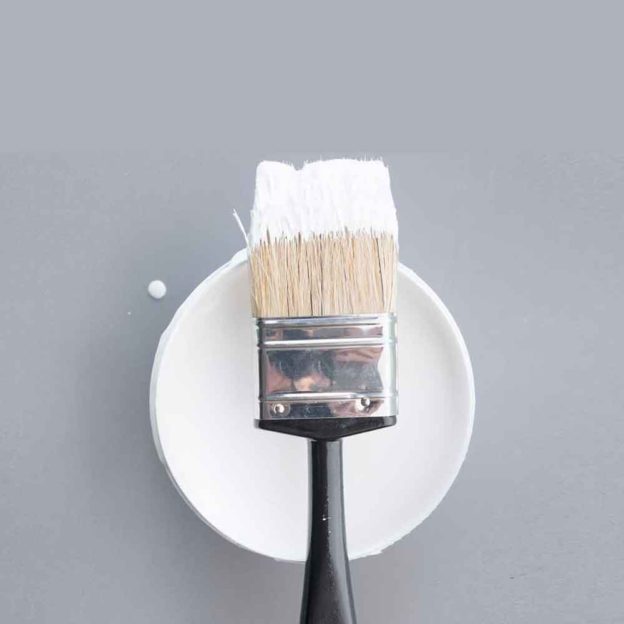How to Prepare Painting Grounds
In this Studio Tips Primer on Grounds, we show you how to prepare panels for the painting the right way. We show how to apply traditional chalk ground on solid wood, vinyl acetate ethylene (VAE, a new waterborne ground similar to acrylics) on medium-density fiberboard (MDF), and an alkyd ground on aluminum composite material (ACM) panel.
Glue Grounds or Traditional Gesso
Traditional glue grounds are prepared by mixing an animal glue (produced from a wide range of animal tissues such as hides, bones, etc.) with an inert filler (i.e., chalk or marble dust (calcium carbonate), gesso, or gypsum (calcium sulfate), etc.). Additions of other pigments can also be present. We show how to prepare a solid wood panel with glue ground beginning with glue size, followed by fabric (also called “pavaloka”—Russian literally “covering”) and glue ground.
Oil and Alkyd Grounds
Whether it’s traditional gesso, acrylic grounds, and oil and alkyd grounds, you will learn which ground provides a solid and lasting foundation for your painting. We examine the different grounds and how they affect the longevity of your finished painting.
Studio Tips are courses on essential information for artists. Enroll in this webinar to view the recording of the webinar with bonus videos and information not presented in the webinar. Enroll in this course now to access its content. After enrolling in this course you have immediate access for the next thirty days.
Course Content




